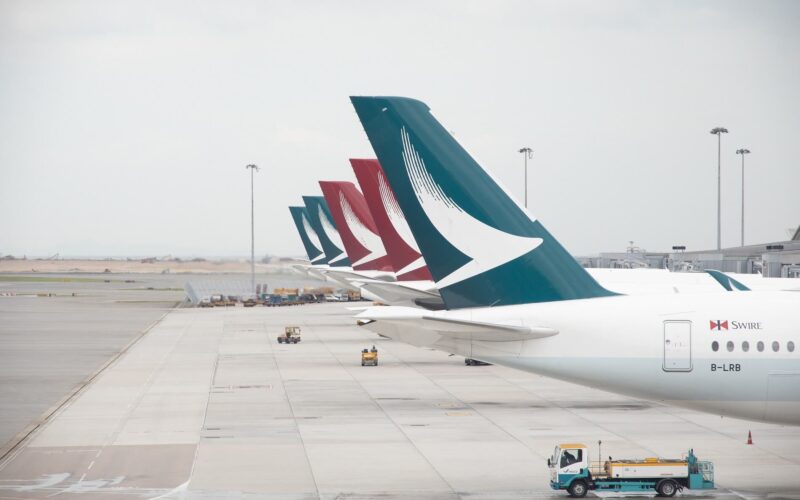After facing the consequences of social unrest in the city of Hong Kong, Cathay Pacific took the full brunt of the coronavirus COVID-19 pandemic. While cases were just starting to boom in mainland China, the airline was already registering a new drop in demand that cut short any hope of improvement. Six months later, the Hong Kong-based airline is even deeper in the red and does not expect to see a “meaningful recovery” any time soon.
Cathay Pacific reported a historical net loss of 9.9 billion Hong Kong dollars ($1.2 billion) in the first half of 2020. From January to June 2020, the company carried 4.4 million passengers, or 76% less than in the first half of 2019 – a situation that the company owes to the COVID-19 coronavirus pandemic. Over the same period in 2019, Cathay had published a $167 million net benefit.
“The first six months of 2020 were the most challenging that the Cathay Pacific Group has faced in its more than 70-year history,” Group chairman Patrick Healy said in a statement. Only upside of the crisis, the carrier reports an 8.8% increase in cargo services revenue, amounting to $1.4 billion.
The situation is even more dramatic for Cathay than for other carriers as it had just started recovering from the drop in touristic demand caused by months of political unrest in Hong Kong. In November 2019, the airline reported a 46% downfall in incoming traffic to Hong Kong. When the pandemic hit, it only added to its troubles. The carrier saw passenger demand drop by as much as 99% in June 2020 compared to the previous year.
On top of $141 million received in various state aids, the Hong Kong authorities approved a recapitalization plan amounting to $5 billion for the airline to save it from bankruptcy. Despite the surely welcome help, Cathay warned of the effect of governmental policies on its activities.
In July 2020, Hong Kong Food and Health Bureau imposed tighter testing restrictions on flight crews incoming from the United States and a fourteen-day isolation period in a hotel for passengers. Such measures could deter customers in the future, Cathay feared. “Travel restrictions imposed by various governments have led to significantly reduced inbound and outbound passenger traffic for the Cathay Pacific Group and uncertainty over the Cathay Pacific Group’s future prospects and operations,” the airline wrote at the time.
In addition to the crisis recovery, Cathay will soon have to face a new competitor. While some may qualify the move as daring, given the industry context, a carrier applied for an Air Operator Certificate (AOC) that the Hong Kong Department of Civil Aviation has confirmed being processed, according to local media.
Called Greater Bay Airlines, it is reportedly due to operating on a low-cost regional model using Boeing 737 aircraft. The airline is owned by a mainland Chinese real estate businessman, Bill Wong Cho-bau, who is also the founder and president of Donghai Airlines in Shenzhen. The first flights could take off by as early as 2022.
If Healy played down the emergence of a new direct competitor in an interview with the South China Morning Post, Greater Bay Airlines would nonetheless step directly on the turf of low-cost carrier HK Express, acquired by Cathay Group in March 2019.

